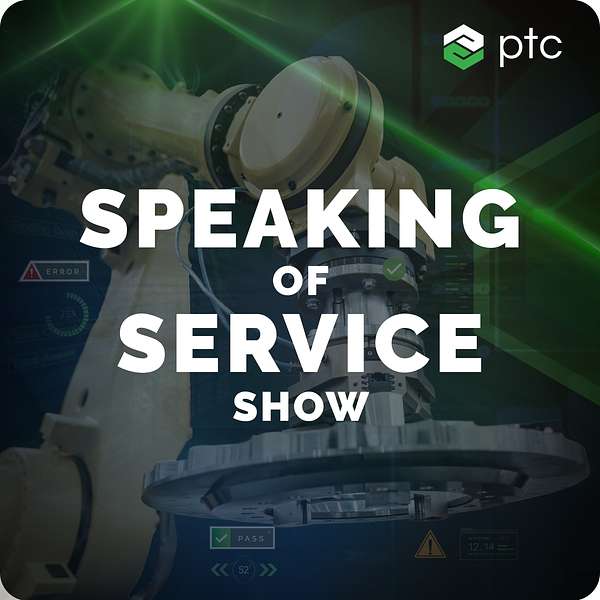
Speaking of Service
Speaking of Service uncovers practical ways to grow service revenue, control costs, and improve customer satisfaction. If you’re looking to innovate, gain a competitive edge, or just learn about the latest service trends, you’ve come to the right place! Also check: www.ptc.com/speakingofservice
Speaking of Service
All hands on deck – Why Data Quality is Everyone’s Job
Are You Ready to Capture Value from Predictive Service Today? Take the Quiz and Find Out!
The organizations that are successful with implementing AI at scale, or those that are able to stack use cases and take advantage of compounding returns put a strong emphasis on quality data. This is not the exclusive domain of data scientists and AI engineers, but a responsibility that everyone must share in. Chris Joynt, AI & Analytics Translator joins us again to give his perspective.